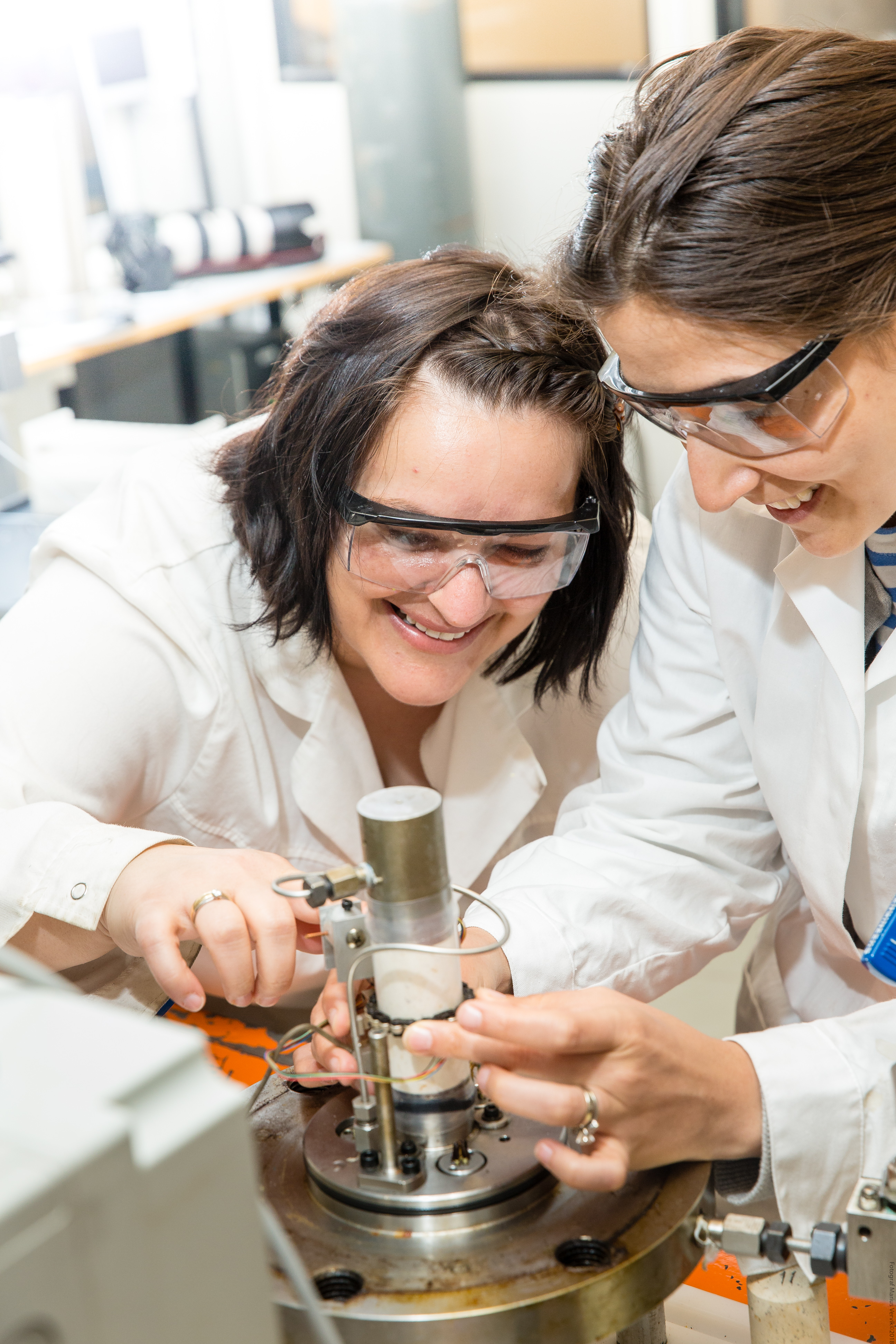This research group focuses on the mineralogical and geological background of tested rock material for a variety of core flooding experiments and to search for the most economic and fastest toolbox of methods to gain substantial results within this objective.

Task leader: Udo Zimmermann, Professor, UiS (udo.zimmermann@uis.no)
The testing and application of novel methods produces more insights into chalk and chalk reservoirs while it trains in the same time young researchers on top edge methods and applications.
In this research, we apply state-of-the-art methods, which in several cases had been innovative for the Centre and have been applied in other tasks. We also could show that the same toolbox is useful for the understanding of processes during polymer injection in sandstones.
The task has a well-developed international network including centers of excellence on top level. These institutions are regularly visited by our PhD/MSc students for training and knowledge transfer. Therefore, we can assure that all analytical steps are well controlled and documented when carried out at our collaborating institutions.
The main expertise is related to micron- and nano-sized interactions between fluids and rocks in the framework of IOR research. We apply traditional and non-traditional methods to maintain a strong research position and to assist the other tasks with novel data. We demonstrated the use of automated electron microscopy as a very important and quick tool in regard of the understanding of reservoir rocks. The identification of processes within the scale of micro- and nano-porosity is a very new research focus on a global scale, with a strong potential for a variety of applications, besides IOR, like storage, for example. We also apply new stable isotope methods (e.g. Mo, Cr and Zn) to samples to understand the origin of the reservoirs better, as the depositional parameter seem to influence a wide range of mineralogical processes during flooding of reservoir rocks.
The results are substantial for modelling of pore scale simulations and the understanding of porosity and permeability evolution in Tasks 1 and 3 based on the insights into mineralogical alteration in reservoir rocks. The interdependency of rock mechanics and mineralogy is a central focus of this task as significant mineralogical alterations happen after flooding with ‘Smart Water’ or polymers.
It is obvious that the geological results are paramount for the understanding of subsidence and future modelling of sedimentary basin evolution at the NCS and substantial when evaluating environmental constraints of IOR methodologies and storage options at the same time.
1.2.3 Applying the analytical toolbox to specific EOR related experiments to enhance oil recovery and to assist upscaling (PhD thesis expected in 2022)